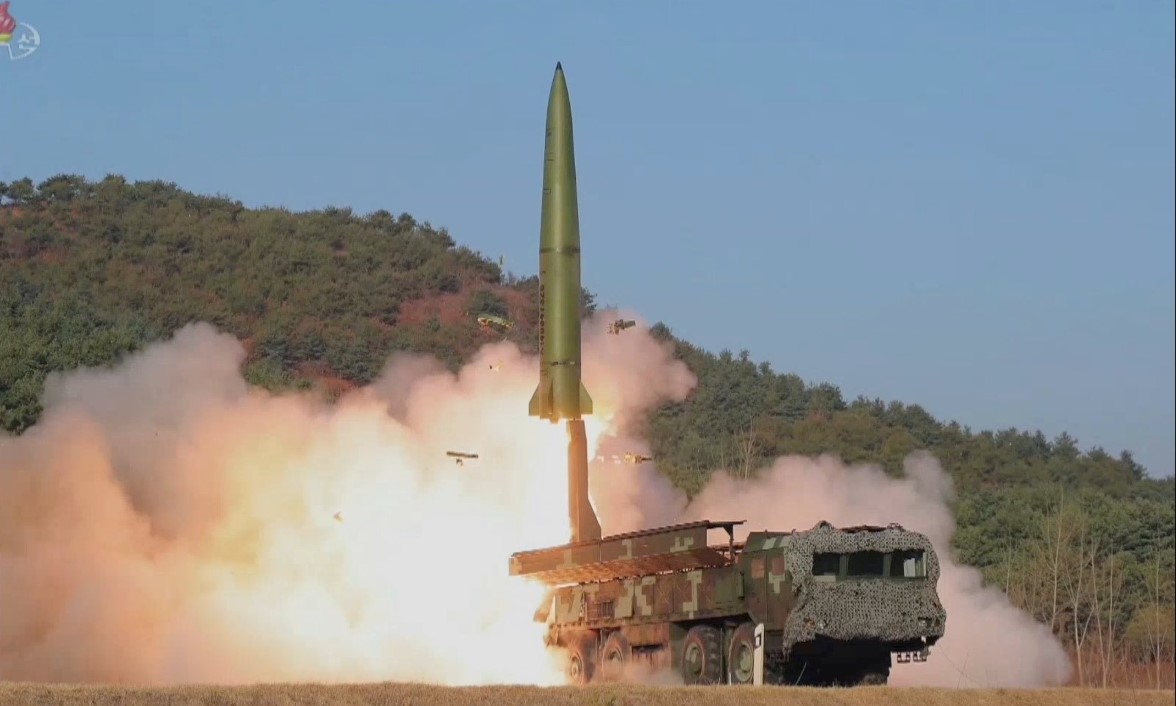UK to Construct State-of-the-Art 'Silent Hangar' for F-35 Testing and Electronic Warfare Simulation.

The United Kingdom’s Ministry of Defence is embarking on a significant project to enhance its capabilities in electronic warfare by constructing a massive, cutting-edge “silent hangar” designed to test military assets like the F-35 fighter jets and Chinook helicopters against various forms of electronic interference, including GPS jamming. This £20 million (approximately $26 million USD) project, led by U.K. defense technology company QinetiQ, will be one of the largest and most advanced facilities of its kind in Europe.
A New Era in Electronic Warfare Testing
The silent hangar, which will be located at the Ministry of Defence’s Boscombe Down site in southwest England, is scheduled to open in 2026. The facility will be large enough to accommodate advanced military equipment such as the F-35 jet, Chinook helicopters, and MQ-9B Protector drones. The hangar will provide a controlled environment where these assets can be tested for their resilience against electronic warfare tactics like GPS jamming, a growing concern in modern military conflicts.
Electronic warfare has been increasingly prominent in recent global conflicts, particularly in Ukraine, where Russian forces have extensively used GPS jamming to disrupt the accuracy of Western-supplied guided missiles. This tactic has also been employed to interfere with drone operations, which have become a crucial element of modern warfare. The lessons learned from these conflicts underscore the importance of having resilient military systems capable of operating in electronically contested environments.
The Strategic Importance of the Silent Hangar
The new facility will allow the UK to simulate hostile environments and test the integrity of its military equipment without risking interference with civilian infrastructure, such as emergency services or air-traffic control. The hangar’s advanced design will minimize radio-frequency wave reflections and prevent any signals from escaping, ensuring that tests can be conducted safely and effectively.
Richard Bloomfield, the head of Electronic Warfare Space at the UK’s Defence Equipment and Support, emphasized the significance of this facility: “Not only will this be one of the largest such chambers in Europe, but it will also be one of the most up-to-date and high-tech in the world, where hostile environments can be safely recreated to put military equipment, such as fighter jets and drones, through testing.”
The hangar will be equipped with GPS simulators and threat emulators that can replicate various hostile scenarios, providing a vital resource for testing the UK’s military platforms against potential electronic warfare threats. This will be particularly crucial for ensuring that platforms like the F-35, with its 15.7-meter length, and the Protector drone, with its 24-meter wingspan, can operate effectively in combat zones where electronic interference is a constant threat.
Addressing Emerging Threats
The Ministry of Defence’s investment in this facility reflects a growing recognition of the need to counter the evolving threats posed by electronic warfare. The war in Ukraine and China’s rapid military modernization have highlighted the importance of electronic warfare capabilities, with many military analysts noting that there is still significant ground to cover in this domain.
Robert Wall, an editor at the International Institute for Strategic Studies, wrote in August last year about the renewed focus on high-end electronic warfare as a response to the lessons learned from Ukraine and other global conflicts. The U.S. Army has also taken note, with observations from the Russia-Ukraine war influencing its development of new jammers and prioritizing electronic warfare after years of relative neglect.
As GPS jamming and other forms of electronic interference become increasingly common on the battlefield, the UK’s new silent hangar will play a pivotal role in preparing its armed forces for the challenges of modern warfare. By investing in this state-of-the-art facility, the UK is positioning itself at the forefront of electronic warfare preparedness, ensuring that its military platforms remain effective and resilient in the face of emerging threats.



